A. Sutherland – AncientPages.com – The ancient city of Susa (modern town of Shush, Khuzestan Province, Iran) remains one of the world’s oldest cities. It has been continuously inhabited since about 4200 BC (or even 5000 BC).
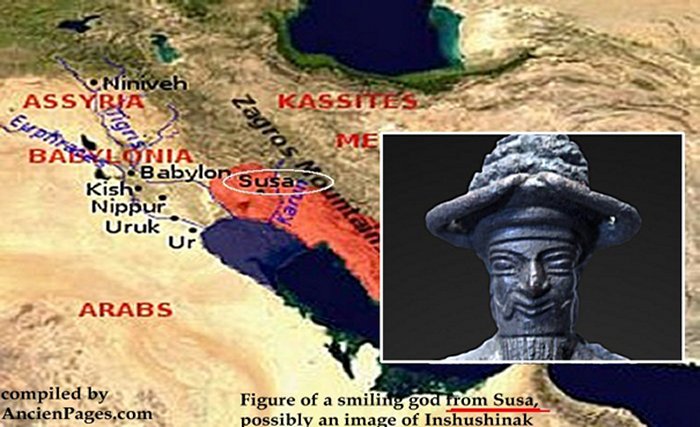
It is one of the oldest human settlements in the Middle East, and its first traces date back to around 7000 BC.
The exact date of the city’s foundation is unknown, but it is known that life flourished here in the fourth millennium BC. The town was a large urban, administrative, and cultural center of Elam. With thousands of years of history behind, Susa became the empire’s capital in the 2000s.
The Elamite kings adorned the great city with the spoils of war brought home from Babylon. Susa remains one of the most famous historical cities in Iran that once served as the Elamite Empire’s capital and the Achaemenid Empire‘s winter capital.
The city of Susa – a valuable page of intriguing history – was under the reign of the Babylonian, Persian, and Greek Empires.
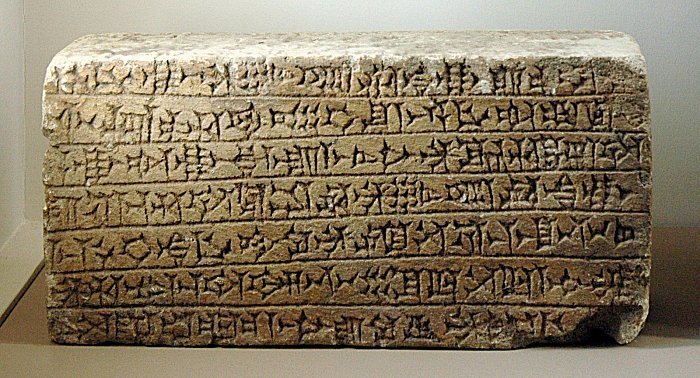
Brick of Shilhak-Inshushinak bearing an Elamite inscription about the enameled brick decoration at Susa. Glazed terracotta, ca. 1140 BC. Louvre Museum. Image credit: Excavated by Jacques de Morgan. Source/PH๏τographer: Jastrow (2006)
The Elamite culture is ᴀssociated with a prehistoric period of Mesopotamia and the Ubaid period (c. 5500–3700 BC). The civilization lasted from before 3000 BC to the Persian period of 300 BC. Elam was located east of ancient cultures of Mesopotamia and exhibits cultural similarities to them. Even the country’s history is intertwined with Mesopotamia.
It is mentioned in the Bible, Book of Daniel 8:2, 16, when Daniel says, ‘In my vision, I saw myself in the citadel of Susa in the province of Elam; in the vision, I was beside the Ulai Canal…’ and other parts of the Old Testament as the mighty capital of ancient Elam.
Susa’s political center played an essential role in the fourth millennium.
The Elamite people were great builders and artisans who could flourish easily; however, they had strong rivals. Approximately 2350-2330 BC, Susa fell to a warrior and king, Sargon of Akkad, and the city became part of the Akkad Empire. Sargon was a powerful ruler who already had much of what is today’s Iraq, Turkey, Syria, and parts of Iran but wanted more.
An essential period for Susa city was also the time when the Elamite Kingdom reached its peak between 1500 and 1100 BC and was incorporated into the Persian kingdom of Anshan. Susa was the capital of a powerful Elamite state that included Susiana, Anshan, and other territories. The most powerful king of this dynasty, Shutruk-Nahhunte, sacked Babylonia and brought to Susa much valuable loot, including the famous stele of King Hammurabi (containing his codex) and the stele of King Naramsin, considered valuable monuments of ancient Mesopotamia.
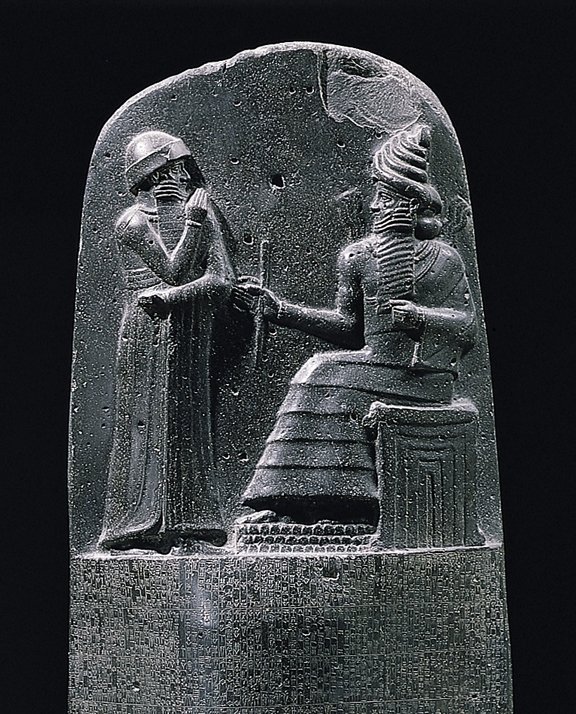
The upper part of the stela of Hammurabis’ Code. Hammurabi (–1810––1750)- between circa 1793 and circa 1751 BC – Louvre Museum – Imag uploader: Luestling – Public Domain
He added Elam and Susa to his enormous territories and replaced the local language of the Elamites with that of the Akkadians.
Susa became the capital of the Akkadian province, and it still thrived as a trade link within Mesopotamia and other faraway places like China and southern Russia.
The town remained the capital of an Akkadian province until ca. 2100 BC when its governor, Kutik-Inshushinak, rebelled and made it an independent state and a literary center. The Susa King List says this ruler was the last of the Awan dynasty. He unified the neighboring territories and became the king of Elam. He persuaded using the Linear Elamite script, which remains undeciphered.
The significant period of Susa’s glory was in the so-called middle Elamite period (about 1500-1100 BC) when it was the capital of a powerful Elamite state that included Susiana, Anshan, and other territories.
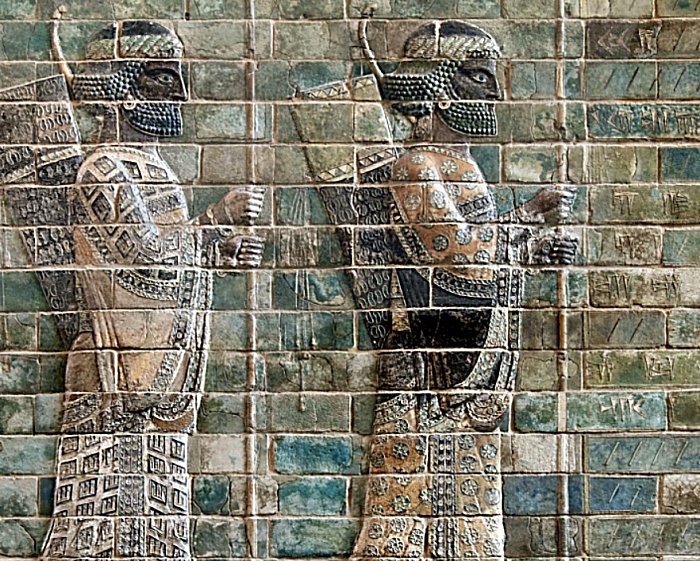
Archers frieze from Darius’ palace at Susa. Detail of the beginning of the frieze, left. Louvre Museum.(Persian royal guard, called the immortals). Apadana of the Palace of Darius in Susa – Achaemenid era, ca. 510 BC – Excavated by Marcel Dieulafoy, 1885–1886 – Jebulon (2010) – Public Domain
The most powerful king of this dynasty, Shutruk-Nahhunte, plundered Babylon in 1158 and took many spoils to Susa, including the famous Stele of King Hammurabi (containing his code), and the stele of King Naramsin, some of the most valuable monuments of ancient Mesopotamia.
This period of splendor ended when the King Of Babylon, Nebuchadnezzar I, about a half-century later, attacked Elam and looted Susa.
Years later, the new Elamite Kings restored the state’s power and fought several wars against the mighty ᴀssyria. Eventually, the ᴀssyrian king Ashurbanipal’s devastating raids against Elam, including the last one in 647, destroyed Susa.
The inscription relates as follows:
“Susa, the great holy city, abode of their gods, seat of their mysteries, I conquered. I entered its palaces, I opened their treasuries where silver and gold, goods and wealth were amᴀssed… I destroyed the ziggurat of Susa. I smashed its shining copper horns. I reduced the temples of Elam to naught; their gods and goddesses I scattered to the winds. The tombs of their ancient and recent kings I devastated, I exposed to the sun, and I carried away their bones toward the land of Ashur. I devastated the provinces of Elam, and on their lands, I sowed salt.”—— Ashurbanipal
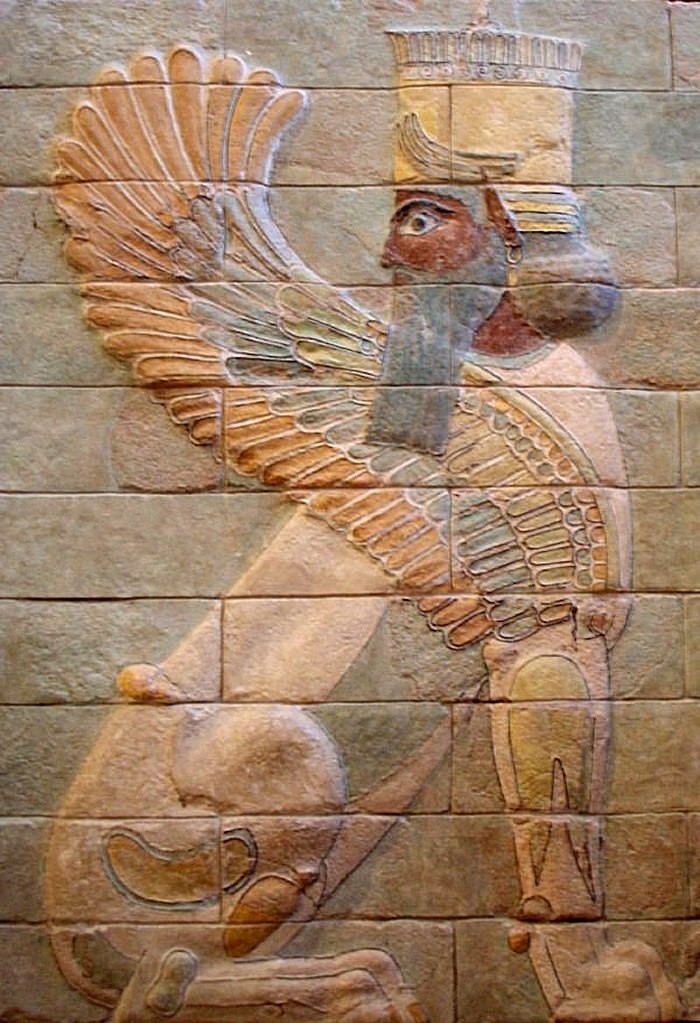
Winged sphinx from Darius’ palace at Susa. Excavated by Roland de Mecquenem, 1911. Louvre Museum – Image credit: Excavated by Roland de Mecquenem, 1911 Source/PH๏τographer: Jastrow (2005)
The city lost all meaning after this devastating invasion, and this historical and dramatic event ended the Elamite Kingdom.
Susa Became The Capital Of Persia
Before 540 BC, a new Conqueror appeared in Susa, Cyrus II the Great, ruler of Persia. Now, it is believed that Cyrus’ occupation of Susa was not a conquest, as the Persians had already lived in Anshan for centuries. Cyrus and, later, his successors built a powerful Persian empire stretching from Egypt and Asia Minor in the west to eastern Iran and parts of India in the East.
Susa became one of the capitals of this empire. Archaeologists have discovered here many traces of this great state, including the palaces of the Persian King Darius I, decorated with glazed bricks.
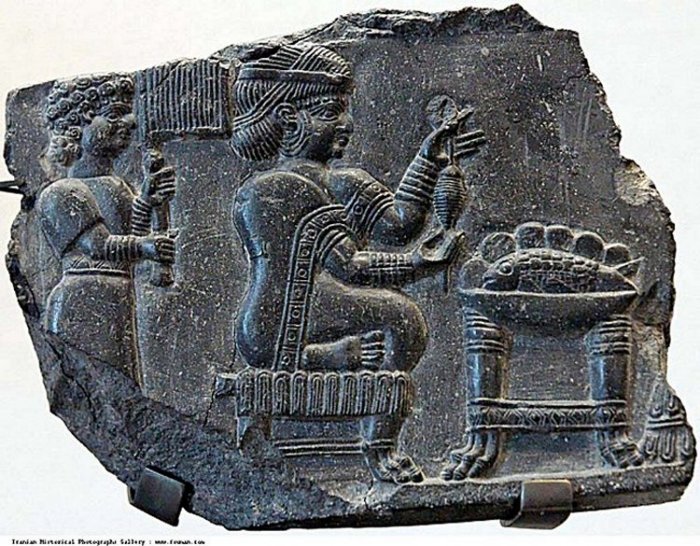
A Petrography (Petroglyph) found in Susa 5-6 century BC shows an Elamid Woman sitting in front of a spinning machine producing yarn or thread from fibers. Her attire shows the important of Clothes at a time when most humanity was savage. Clues&Views:Textile is not a new industry in Iran. There are jewelry on the woman’s arms who seems to be of a noble family as a servant is seen behind her. She is sitting comfortably in front of a desk wearing a top with short sleeves. She has long hair and a shawl is hanging from her shoulders. PH๏τo credits: Iranian Historical PH๏τographs Gallery/Fouman.com
Susa was made the capital of the Persian Empire by Cambyses II and expanded by the Persian king Darius the Great (549-486 BC). Darius the Great favored Susa over his other residences and made it the capital because it was much closer to Syria, Egypt, Ethiopia, and others.
On the other hand, Persepolis remained the ceremonial center for celebrations, coronations, and other rituals. Susa was not an independent city of Elam anymore, but it became one of the administrative and most prosperous capital cities of the first Persian Empire.
This fantastic, intriguing city was conquered and taken over by Macedonians, Greeks, Parthians, and Sᴀssanians, but it successfully recovered many times.
Susa’s real end came with the advent of Islam when the Arab forces attacked Khuzestan and destroyed the great city of Susa in 638 CE, which unfortunately never regained its glory.
In 1218, the city was attacked and conquered by the Mongols, who caused further devastation of the town and slaughter of its inhabitants.
The archaeological site of Susa, which covers 400 acres of land, is home to numerous monuments from various periods. The modern Iranian town of Shush is located at the site of ancient Susa in Iran’s Khuzestan province in the lower Zagros Mountains, about 250 km (160 mi) east of the Tigris River, between the Karkheh and Dez Rivers.
2015, it was inscribed on the list of World Heritage Sites by UNESCO.
Written by – A. Sutherland – AncientPages.com Senior Staff Writer
Copyright © AncientPages.com All rights reserved. This material may not be published, broadcast, rewritten or redistributed in whole or part without thexpress written permission of AncientPages.com
Expand for references
References:
Kriwaczek, Paul. Babylon: Mesopotamia and the Birth of Civilization
Encyclopaedia Iranica
Wikipedia
UNESCO





